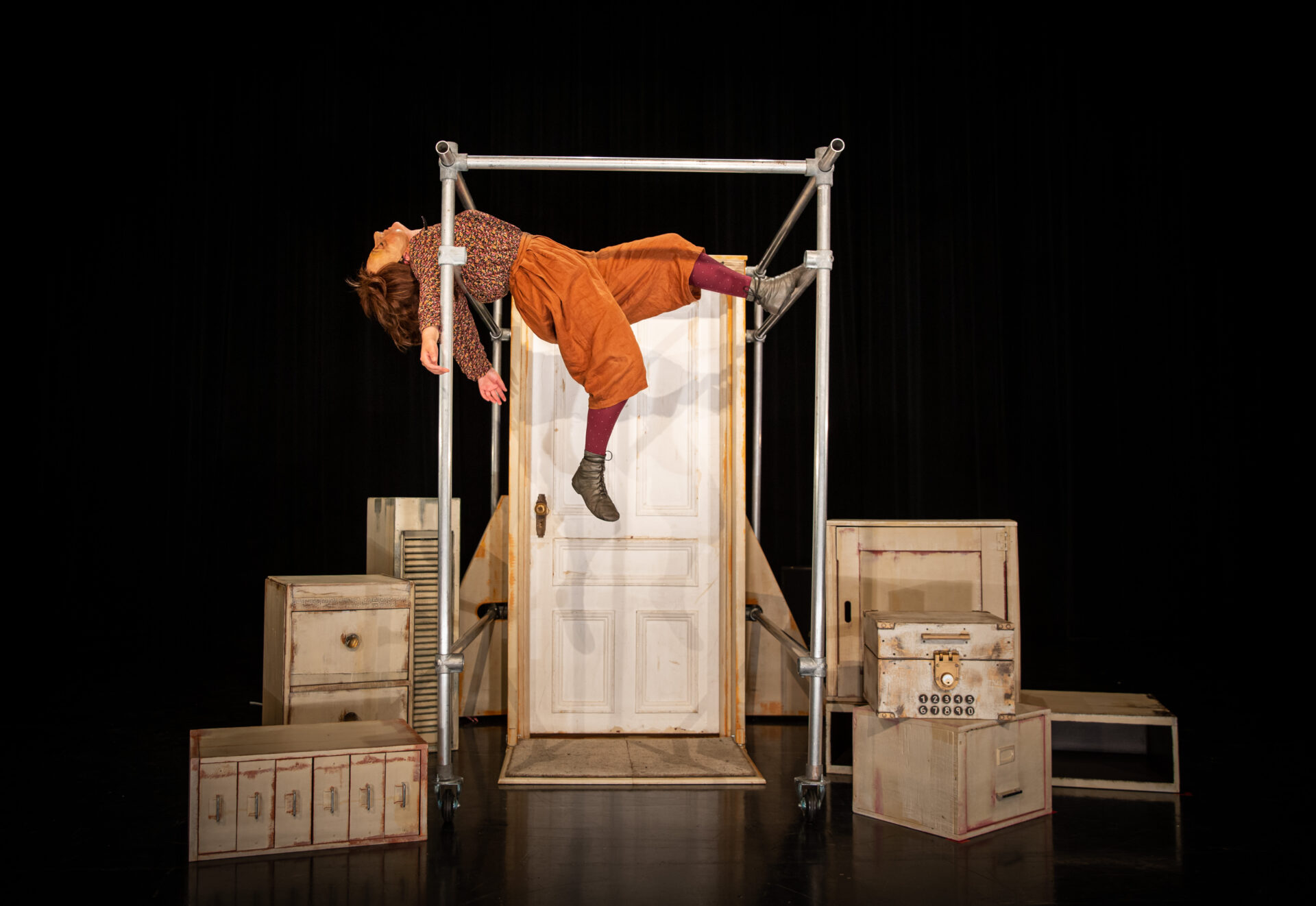The Conseil will be launching a call for applications for its Four-Year Operating Assistance Program on January 11. To help the arts community prepare for this, the Conseil team is committed to supporting it and is also offering information sessions to ensure it understands the program.
Julien Valmary, Support and Philanthropy Director, sits down for an interview and answers four frequently asked questions.
1- What is the impact of this program on clientele and on the arts community?
It has been a cornerstone of our activities for many years. Currently, it involves 55% of the CAM’s support budget for the arts community, or nearly $11 million per year.
It is a program that allows arts organizations to look to the future and better plan out their activities related to their mandate, making it easier to manage and seek further financial support. The arts organization and the CAM enter into a relationship based on empowerment and trust in the application evaluation processes that are meticulously conducted by the Conseil’s committees. Our team is convinced that providing arts organizations with financial stability and predictability has a broader beneficial effect on improvements to artists’ working conditions, the impact of organizations on their communities and the benefits of the arts for citizens.
During the pandemic, the arts community saw the importance of operational support, in addition to all the special measures introduced. In these times of uncertainty and challenges, this type of program is all the more necessary. In order to take risks and dare to be bold, the arts community needs a solid foundation.
We believe in the effectiveness of this program so much that we have set an ambitious target for the future: to increase the four-year operating assistance program to 60% of the CAM’s entire support budget by 2025.
2- You raised the fact that an bonus would be granted to organizations based on the strategic plan directions. What is this bonus and why have you implemented it?
A bonus based on strategic impact priorities is not something new at CAM. It has been part of the majority of our programs for several years now. A merit evaluation is also conducted by committee members based on each organization’s mandate. The bonus criteria are based on priorities identified by the arts community when it was consulted to develop the Conseil des arts de Montréal’s 2022–2025 Strategic Plan. They are also key factors that contribute to the vitality of the arts community. There are various ways organizations can identify with one or more of the strategic priorities in order to receive this bonus, depending on their mandate, the nature of their activities, their history or any other specific element.
Impact is divided into three categories: equity and representation, local outreach, and eco-responsibility. This bonus allows the CAM to recognize and promote the value of organizations’ contributions to achieving its priorities. It is with the help of the entire Montreal arts community that the CAM is increasing its impact in a mutually beneficial way.
3- How are peer committees put together and why?
First of all, it is important to remember that any professional artist or cultural worker who resides on the Island of Montreal can apply to become a committee member. All applications are reviewed by the CAM’s Nomination and Governance Committee and individuals are selected based on needs and the delicate balance we are trying to achieve. We are looking to achieve parity between genders, generations, artistic practices, demographics and artists and cultural workers. The CAM’s sector evaluation committee members serve for a period of three years. Each committee is chaired by a committee chair, who is a member of both the CAM’s Board of Directors and the Chair Committee, which includes all sector evaluation committee chairs. The Chair Committee regularly discusses major issues, decisions and directions in a cross-sectoral manner.
Being an evaluation committee member is quite unique and requires a real commitment from members. It is a commitment to your community and as a citizen, but also a fantastic democratic experience of listening, promoting dialogue and seeking consensus to inform the decisions the CAM must make. Committee members are also the people the CAM consults first to inform its vision and strategy. We believe that a three-year term also allows members to see the progress being made on projects and by organizations and how their feedback is passed on to applicants, which strengthens projects. Many members would even like to stay on after their three-year term; it’s a demanding experience, but one that also paves the way for incredible human and artistic connections! The term is also an opportunity for members to immerse themselves even further in their sector and be even more present on the ground to see what is happening.
Sometimes, when an application is not selected for a standing committee, we keep it for ad hoc needs to ensure that we have in-depth expertise on one or more files. We are always seeking new applicants, since arts practices are continually changing!
4- New wording about the “right volume of activities” now appears in the various messages. What are we actually trying to say?
The CAM is well aware that the resources available, whether physical, human or financial, are limited. This applies to both the CAM and the organizations it supports. We would like to emphasize that peer evaluators look at the balance between the activities an organization has planned and its capabilities and resources, or what some people call the “right volume of activity.”
Our approach aims to promote sustainable, fair and safe working conditions for all staff, artists, volunteers and affected communities. It is important to remember that evaluation committee members are from the arts community. When analysing applications, factors such as the relevance and impact of actions take precedence over the number of activities conducted.
Finally, although the Conseil does not and has never imposed these ways of doing things on any organization, the positive effects of initiatives introduced by the artistic community to pool and share tools, practices and resources are undeniable and are a promising avenue to explore collectively.
Against a backdrop of burnout but also artistic vibrancy within the community, we would like to reiterate that overproduction is not the best way to maximize our impact.


